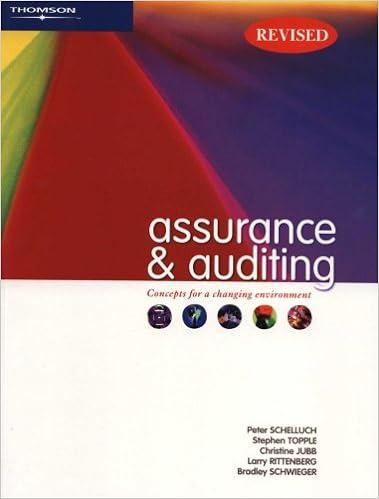Question
A large corporation issued both fixed- and floating-rate notes five years ago, with terms given in the following table: a. Why is the price range

A large corporation issued both fixed- and floating-rate notes five years ago, with terms given in the following table: a. Why is the price range greater for the 9% coupon bond than the floating-rate note? b. What factors could explain why the floating-rate note is not always sold at par value? c. Why is the call price for the floating-rate note not of great importance to investors? d. Is the probability of call for the fixed-rate note high or low? e. If the firm were to issue a fixed-rate note with a 15-year maturity, callable after five years at 106, what coupon rate would it need to offer to issue the bond at par value? f. Why is an entry for yield to maturity for the floating-rate note not appropriate?
9% Coupon Notes Floating-Rate Note $250 million 20 years $280 million 15 years 98 Issue size Maturity Current price% of par) Current coupon Coupon adjusts Coupon reset rule Callable 9% 5% Rxed coupon Every year 1-year T-bill rate + 2% 10 years after Issue 10 years after Issue 106 None 9.9% $85-$112 Call price Sinking fund Yield to maturity Price range since issued 102.50 None $97-$102 9% Coupon Notes Floating-Rate Note $250 million 20 years $280 million 15 years 98 Issue size Maturity Current price% of par) Current coupon Coupon adjusts Coupon reset rule Callable 9% 5% Rxed coupon Every year 1-year T-bill rate + 2% 10 years after Issue 10 years after Issue 106 None 9.9% $85-$112 Call price Sinking fund Yield to maturity Price range since issued 102.50 None $97-$102Step by Step Solution
There are 3 Steps involved in it
Step: 1

Get Instant Access to Expert-Tailored Solutions
See step-by-step solutions with expert insights and AI powered tools for academic success
Step: 2

Step: 3

Ace Your Homework with AI
Get the answers you need in no time with our AI-driven, step-by-step assistance
Get Started


